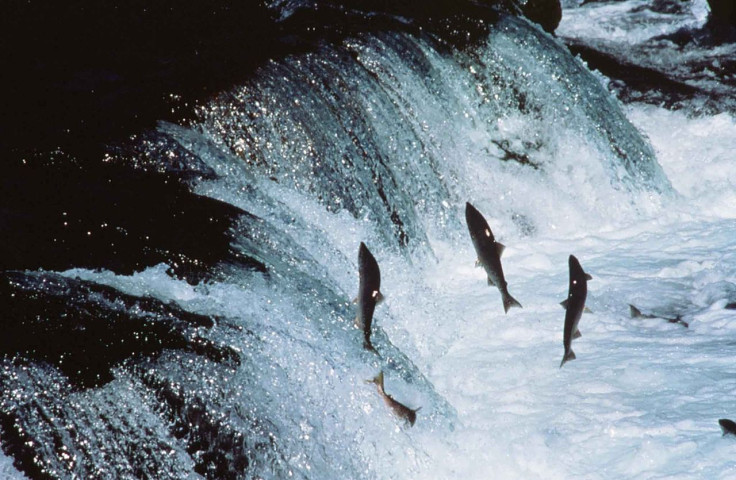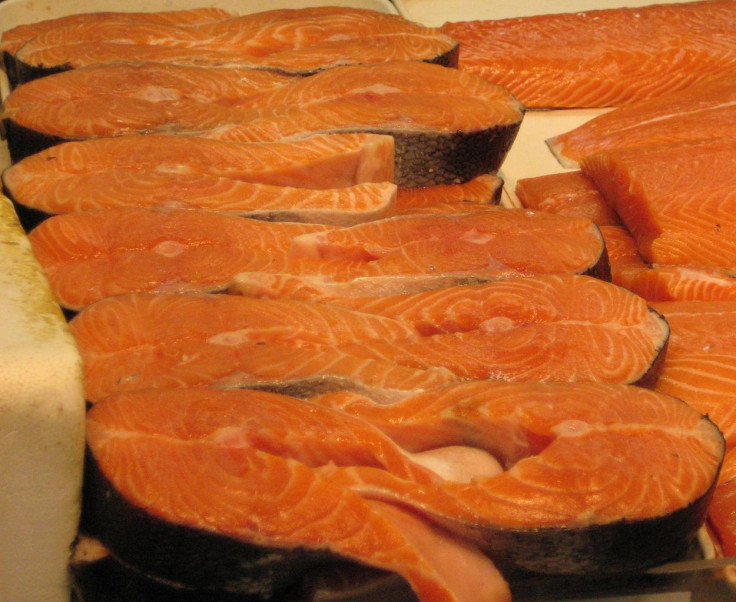Salmon sperm 'key ingredient for recycling smartphones'

Fish sperm has been found to extract and reprocess rare Earth elements (REEs), meaning it has huge potential to recycle smartphones and other electronic waste.
Japanese scientists have developed a process that uses salmon sperm, also known as milt, to recover and separate REEs in a solution.
At present, REEs are extracted through processes that are extremely costly and damaging to the environment. The new process could provide an environmentally friendly and cost effective alternative to REE extraction.
REEs are used in electronics including smartphones, computers and electronic circuits. Experts believe their discovery could be applied to the extraction of these metals – meaning they could be recycled, rather than ending up in landfill.
Published in the journal PLOS One, the study was led by Yoshio Takahashi at the University of Tokyo. The team found that a number of REEs bound strongly to the surface of bacterial cells through a phosphate site. They then looked to consider how DNA – which has a phosphate site – could be used to extract the materials.

Researchers used salmon sperm to test their theory because it is cheap, solid and insoluble. Findings showed that when the sperm was added to the solution, the metal ions developed a strong affinity for the phosphate, and could be removed from the sperm powder.
"The idea of relying on cheap salmon sperm to adsorb and separate rare Earth elements from iron in scrap magnets is quite interesting and, although the proposed protocol does not suppress dissolving the magnets in strong acid, it deserves attention," Jean-Claude Bunzli, a rare Earth metal researcher who was not involved in the study, told Design & Trend.
The authors concluded: "This study shows that freeze-dried salmon milt can be used as adsorbent for REEs and possibly other cations. The results show that the phosphate site in the milt is responsible for REE adsorption onto the milt.
"Considering that milt, an industrial waste from fishery industries, is a low-cost material, its ion-exchange capacity has a substantial potential for use in different fields such as the recovery of cations (eg REE) and wastewater treatment."
© Copyright IBTimes 2025. All rights reserved.






















